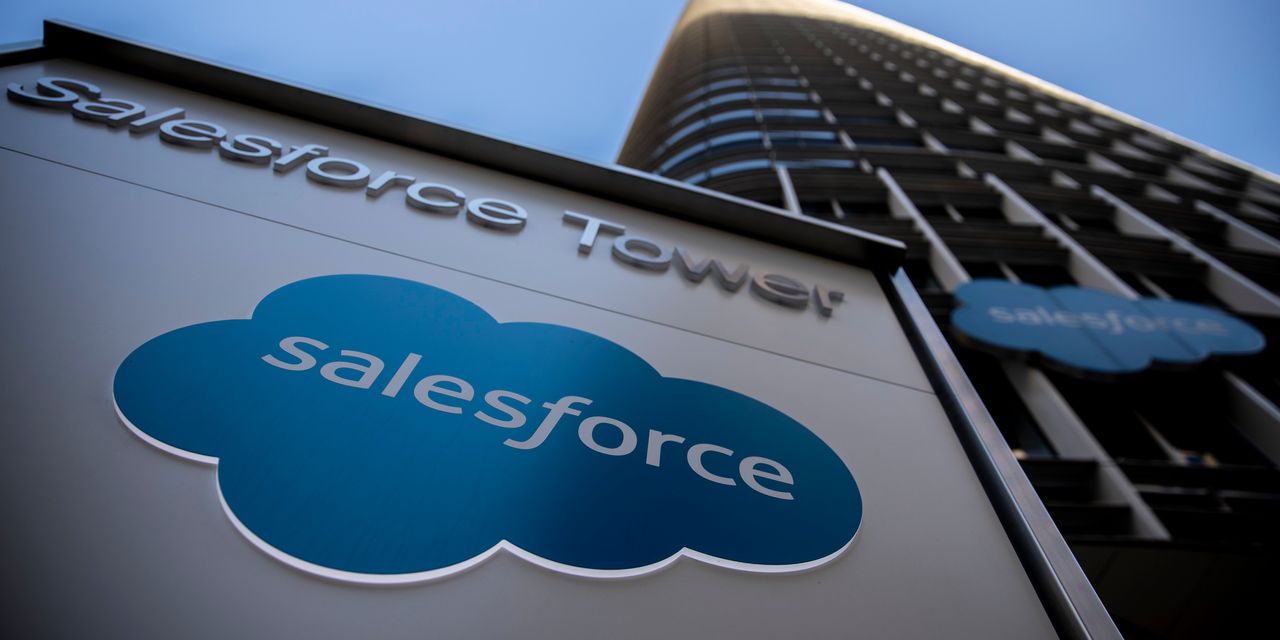“In-favor stocks tend to fall out of favor, and vice versa.”
Stocks’ yearly performance rankings are a field day for contrarians: One year’s worst often are the subsequent year’s best, and vice versa.
Consider Nvidia
NVDA,
which is by far the best-performing stock this year among those in the S&P 500
SPX
— up 214.6% through Nov. 7, according to FactSet. Last year Nvidia was among the worst— down 50.3% and underperforming 475 of the other stocks in the S&P 500.
Stunning as this reversal is, it is not unique. Investors should take the contrarian lesson to heart and consider buying stocks at the bottom of the performance rankings.
The chart below summarizes the reversals from 2022 to 2023. Last year’s worst 25 stocks in the S&P 500 have gained an average of 32.5% so far this year, while last year’s 25 best have lost an average of 0.4%. A similar story is told by the blue-chip stocks that make up the Dow Jones Industrial Average
DJIA.
Last year’s worst performer was Salesforce
CRM,
with a 47.8% loss. So far this year Salesforce is the Dow’s best performer, with a year-to-date gain of 59.8%.
The main cause of these year-to-year reversals is investor sentiment, with supporting roles played by tax-loss selling and end-of-year window dressing. Sentiment is the big culprit because investors’ moods swing between extremes. When they are optimistic about a stock, they tend to become way too excited; just the opposite is the case when a stock falls out of favor. In true contrarian fashion, the in-favor stocks tend to fall out of favor, and vice versa.
Tax-loss selling and end-of-year window dressing exacerbate these sentiment swings among a given year’s losing stocks. I recently devoted a column to these two phenomena, so will briefly summarize them here.
Tax-loss selling occurs when investors sell stocks at a loss in order to offset some of the capital gains on which they would have to pay tax. End-of-year window dressing occurs when portfolio managers sell losers in order to avoid the embarrassment of having to list them in end-of-year reports. In both cases, stocks that are already down as the end of the year approaches are punished even more. It makes sense that they would bounce back in the new year.
Not every year’s worst performer is a stellar performer the next, of course. So it’s important to do your homework rather than mechanically buying a given year’s worst. That said, a list of annual worst performers is a good place to start.
To get you thinking along these lines, look at the following list. It was constructed from the 50 stocks in the S&P 500 with the worst year-to-date returns, then narrowed further to include only those recommended by at least two of the investment newsletters tracked by my performance monitoring firm. The stocks are listed in descending order of year-to-date losses.
| Stock | Year-to-date return (as of 11/7/23) |
| Moderna Inc (MRNA) | -59.0% |
| Walgreens Boots Alliance (WBA) | -39.3% |
| Pfizer Inc (PFE) | -37.1% |
| Comerica Inc (CMA) | -33.3% |
| Schwab Charles Corp New (SCHW) | -32.8% |
| Keycorp New (KEY) | -31.8% |
| Eversource Energy (ES) | -30.8% |
| Citizens Finl Group Inc (CFG) | -30.6% |
| Smucker J M Co (SJM) | -29.0% |
| Tapestry Inc (TPR) | -26.0% |
| Crown Castle Inc (CCI) | -25.8% |
| Truist Finl Corp (TFC) | -25.7% |
| Bristol Myers Squibb Co (BMY) | -24.7% |
Mark Hulbert is a regular contributor to MarketWatch. His Hulbert Ratings tracks investment newsletters that pay a flat fee to be audited. He can be reached at mark@hulbertratings.com
More: Why Warren Buffett has done more to educate investors than any other corporate executive
Plus: Beware Wall Street’s ‘cash on the sidelines’ myth
Read the full article here













Leave a Reply